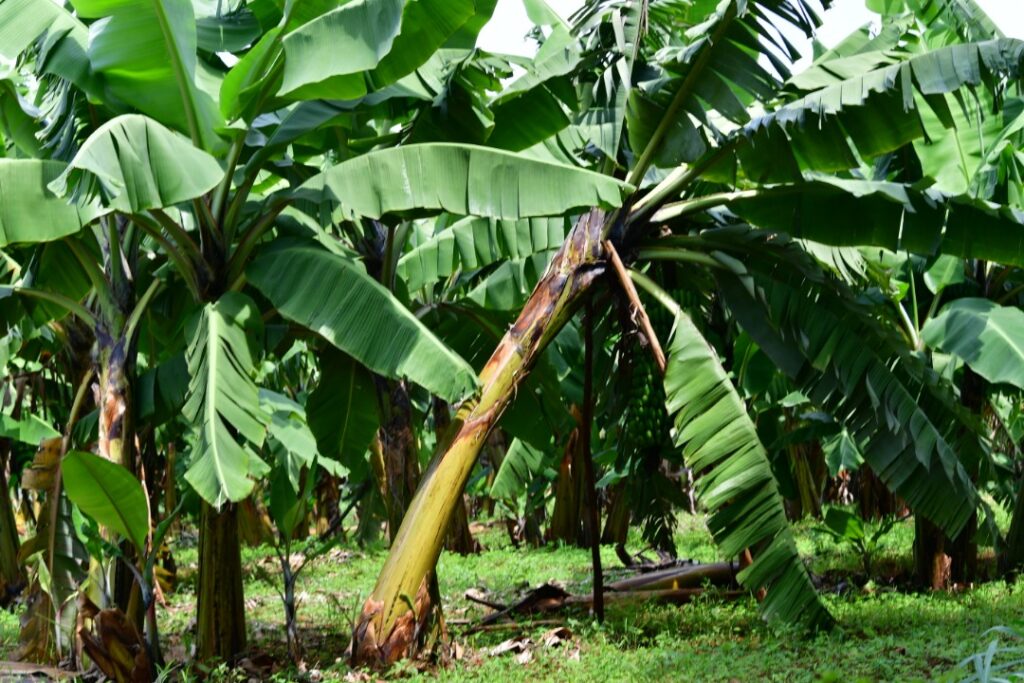The mango tree is a fast-growing tree (10 to 30 m tall), with evergreen foliage. When grow agroecologically, the trunk can reach up to 1 meter in diameter. Depending on the variety, its color varies: green, yellow, orange, purplish-red, and alone or mixed in the form of spots. They are grown in regions with annual rainfall of 750 mm and temperatures between 24 and 27°C. The mango tree prefers deep, well-drained, and well-aerated soil. Mango cultivation are financially rewarding, providing substantial revenue through domestic and international markets. It supports local economies and job creation including farm laborers, managers, and those involved in packing and distribution.
Since 2021, Eden Stream Foundation’s project favors grafted plants, which begin production after 4 years instead of 6 to 7 years and the first participants started to harvest last year. Mangoes are harvested 2 to 5 months after the tree has flowered. The mango tree produces 25 to 70 kg of fruit per tree per year, or between 6 and 16 tons per hectare per year. The fruit’s maturity at harvest determines its shelf life. Mango can be consumed in several forms (fresh, juice, jam, dried.). Currently 3,360 households are being assisted in mangoes plantations in Cibitoke. It’s expected that, through ecological organic farming, the project will reach out more than 12,280 households in 47 districts of country. Since the mango farms support biodiversity by providing habitat for various plant and animal species, farmers are integrating other crops around mango plantations for both various harvest and improvement of ecological health.


